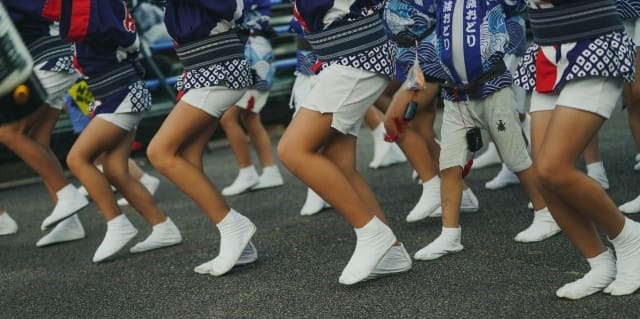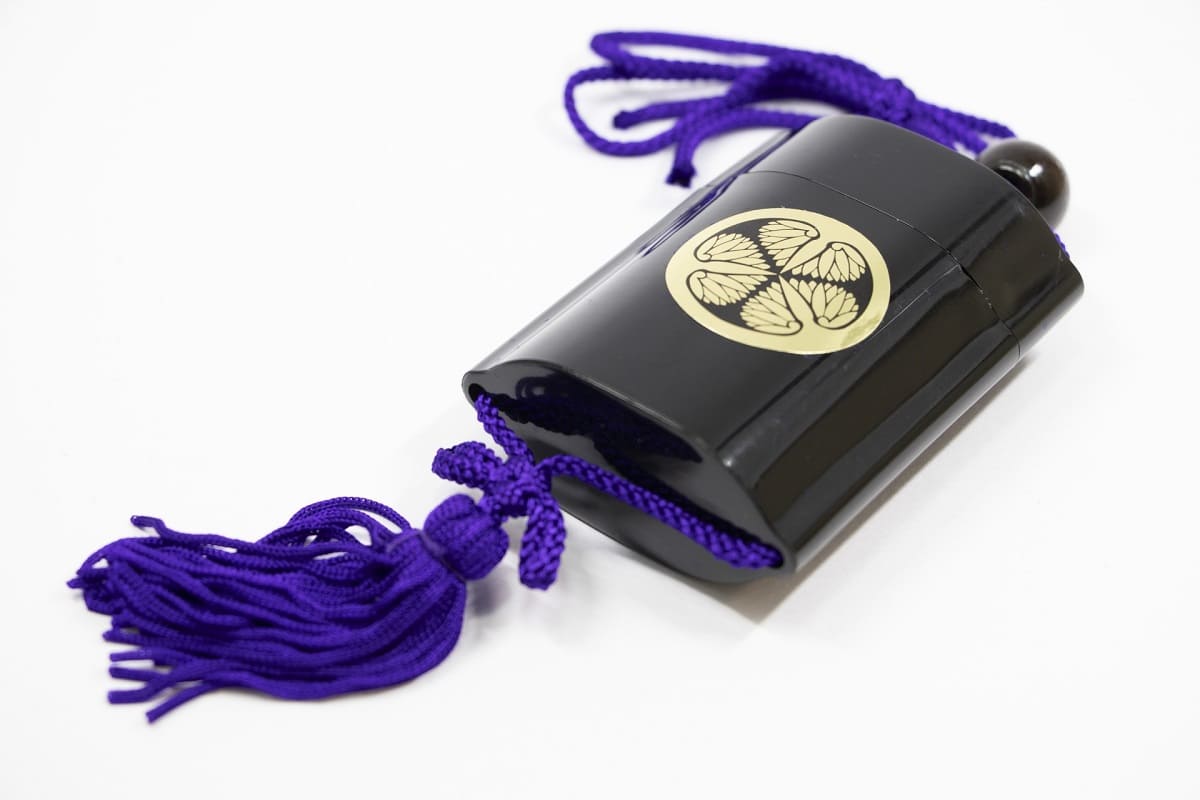An inro (印籠) might not be something you’ve seen in everyday life, but if you’re familiar with Japanese period dramas, it’s a name you may recognize. For many, the word “inro” immediately recalls scenes from Mito Komon, a classic Japanese TV drama where the inro is held up with the famous line, “Do you not see this crest?”
But what exactly is an inro? What was its original purpose, and how is it used today? In this article, we’ll explore the inro’s history, its traditional role, its surprising presence in modern life, and even its appearance in Nioh & Nioh 2.
What Is an Inro?


I don’t know about Inro so much.

Inro came from China in Muromachi era.
Let’s learn more about it together!
The History and Origin of the Inro

The inro was a portable case commonly used during the Edo period (1603–1868). It functioned as a small container for carrying valuable items like medicine, coins, or seals. Worn at the waist, inro cases were often made of lacquered wood and decorated with intricate designs like maki-e (gold powder embellishments), showcasing both utility and artistry.

If you are interested in Japanese family crests,
please read the article below !
Traditional Uses of the Inro

The primary purpose of the inro was practical—it served as a protective case for small but important belongings, such as seals or powdered medicine. As a man’s accessory, it was usually attached to the obi (belt) via a cord and paired with a netsuke (miniature toggle). Beyond its functionality, a lavishly decorated inro also symbolized the owner’s wealth and social status.
The Inro in Japanese Period Dramas

The inro’s popularity in period dramas, especially Mito Komon, is due to its strong visual and cultural symbolism. While it’s widely associated with justice in such shows, historically, the inro was simply a practical item rather than a justice-defining emblem.
The Inro in Modern Life

Is Inro still used in modern life?

I have one.
But I don’t have a chance to use it.
Rarely Seen in Daily Use
Today, few people use inro in their daily lives. For many, it remains a nostalgic symbol, primarily recognized through historical dramas. Younger generations, in particular, might view it as an artifact of Japan’s past rather than an item relevant to the present.
Use of Inro in Festivals

Surprisingly, the inro still finds a place in modern Japan—especially in festivals. For example, at traditional events like the Awa Odori dance festival in Tokushima Prefecture, inro may be used as part of performers’ costumes. Here, the inro serves as a decorative accessory, paying homage to traditional Japanese attire while enhancing the cultural authenticity of the event.

This Inro Netsuke is a small Gourd. It is paired with my inro.
If you are interested in Gourds, please read the article below.
The Inro in Nioh 2

Nioh 2 introduces the inro as an item players can collect and equip. In the game, the inro is not only beautifully designed, but also represents the artistry and heritage of Edo-period craftsmanship. For some players, this might be their first exposure to the historical significance of inro, offering an engaging way to connect with Japanese culture.
Inro Q&A
- QWhat was the original purpose of an inro?
- A
It was used as a portable container for small valuables like medicine, seals, or coins.
- QAre inro still used today?
- A
They are rarely used in daily life, but you may see them in festivals or as part of traditional performances.
Conclusion
The inro is a fascinating piece of Japanese history. Once an everyday item, it has now become a symbol of tradition, appearing in historical dramas, festivals, and even video games. While it may no longer serve its original purpose, its cultural legacy continues to thrive in unexpected ways. Exploring objects like the inro allows us to connect with Japan’s rich history and appreciate the artistry of the past.

If you are interested in Japanese culture, you may love these games!
Let’s play!

Yes! Let’s play!







Comments